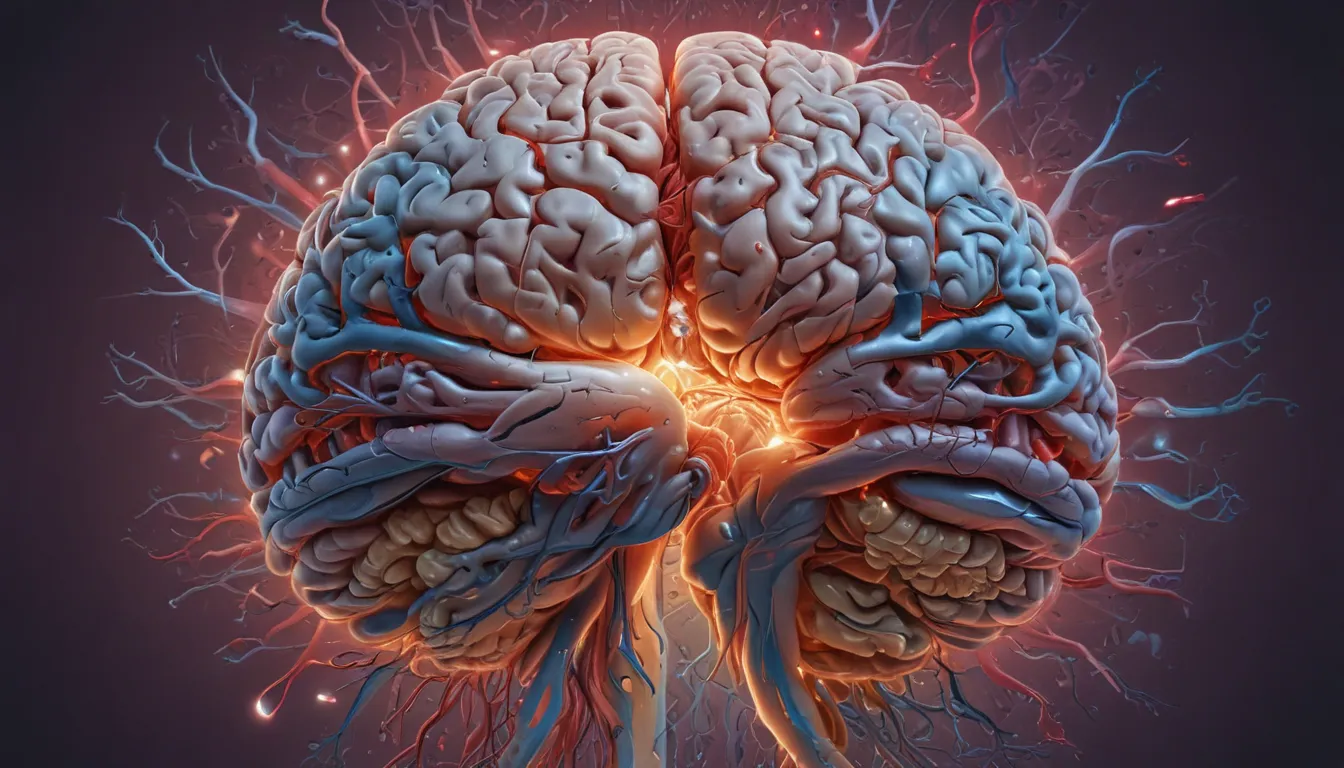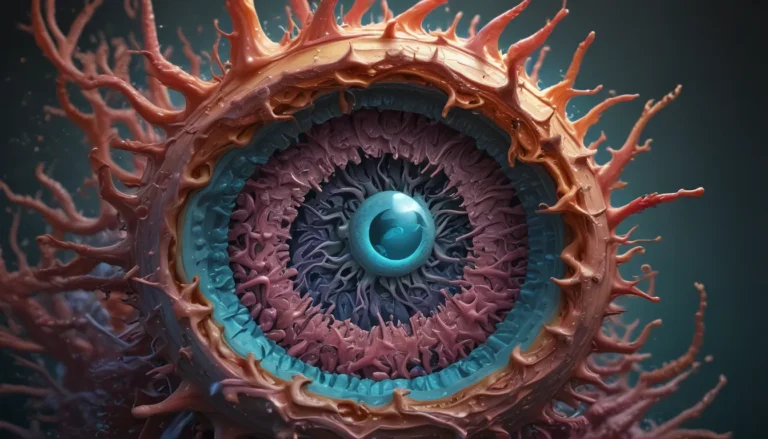A Note About Images: The images used in our articles are for illustration purposes only and may not exactly match the content. They are meant to engage readers, but the text should be relied upon for accurate information.
The human brain is a marvel of nature, a complex organ responsible for our thoughts, emotions, and actions. Its intricate anatomy and functions have fascinated scientists and researchers for centuries. Understanding the structure of the brain is crucial for unraveling the mysteries of its inner workings and unlocking the secrets of human cognition.
Unveiling the Astonishing Complexity of the Brain
- The human brain weighs about 3 pounds and consists of approximately 100 billion neurons.
- It uses about 20% of the body’s total oxygen and blood supply.
- The brain has about 100 trillion connections, known as synapses, essential for processes like learning and memory.
- Generating up to 23 watts of electrical power, the brain is always active, even during rest.
The brain is shielded by the skull, divided into specialized left and right hemispheres, and contains about 75% water. It serves as the command center for controlling all bodily functions and producing thousands of thoughts daily.
The Incredible Adaptability of the Brain
- The brain is capable of rewiring itself in response to new experiences, a phenomenon known as neuroplasticity.
- Processing information at speeds of up to 120 meters per second, the brain contains about 86 billion nerve cells called neurons.
- It is responsible for producing hormones that regulate bodily functions.
The brain’s capacity for change and its ability to process information in parallel distinguish it as a remarkable organ that never rests, even during sleep. Its adaptability through synaptic plasticity enables individuals to acquire new skills and knowledge, highlighting the brain’s immense potential for growth and development.
Exploring the Mysteries of Brain Anatomy
- The largest part of the brain, the cerebrum, controls higher cognitive functions such as language and memory.
- Divided into four lobes, the brain houses functions like coordination, balance, and posture within the cerebellum.
- The brainstem regulates basic bodily functions like breathing and heart rate while serving as a vital pathway for signal transmission.
The brain communicates with the body through the nervous system, composed of neurons that transmit electrical signals. These signals travel along the spinal cord and peripheral nerves, enabling seamless communication and coordination.
Delving Deeper into Brain Anatomy
Embark on a journey through the astounding facts of the cerebral cortex, the enigmatic truths of the hippocampus, and the extraordinary revelations of the brainstem. Explore the brain regions that shape our thoughts, emotions, and actions, unveiling the fascinating intricacies of this remarkable organ.
Your Contribution to Trustworthy Content
Our commitment to delivering trustworthy and engaging content is reflected in each fact contributed by real users. Diverse insights and information enrich our platform, meticulously reviewed by dedicated editors for accuracy and reliability. Explore and learn with us, fueled by our dedication to quality and authenticity.
As technology advances and new research emerges, our understanding of brain anatomy continues to deepen, unraveling the mysteries hidden within this extraordinary organ. Join us on this journey of discovery, as we uncover the infinite possibilities and potential for groundbreaking advancements in neuroscience.






